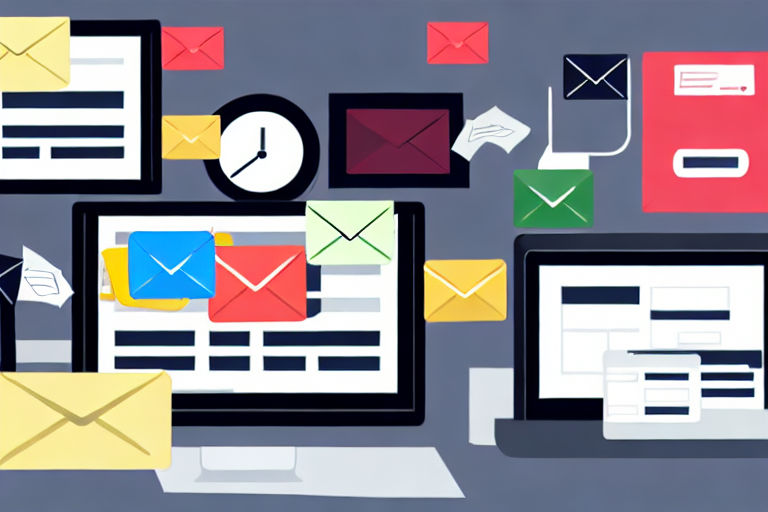Looking Beyond the Numbers: How to Effectively Extract Insights from Data Visualizations
Data is everywhere these days. From retail sales figures to social media engagement statistics, there's more data available than ever before. And, while data can be incredibly useful in helping you make informed decisions for your business or organization, it can also be overwhelming to try and decipher all of the numbers and statistics available.
This is where data visualizations come in. By presenting data in a visual format, data visualizations can help you understand and interpret large amounts of data with ease. However, even with data visualizations, it can be difficult to extract meaningful insights from your data if you don't know what to look for.
If you're struggling to extract insights from your data visualizations, here are a few tips to get you started:
Identify Your Key Performance Indicators (KPIs)
Before you start analyzing your data, you need to identify your key performance indicators (KPIs). KPIs are the metrics that matter most to your business or organization, and they're the ones that you should focus on when analyzing your data. By identifying your KPIs, you can cut through the noise and focus on the metrics that will have the greatest impact on your business.
Look for Trends
One of the most important things to look for when analyzing your data is trends. Whether you're looking at website traffic, sales figures, or social media engagement, identifying trends can give you valuable insights into how your business is performing. Look for trends over time, and try to identify any patterns or changes that may be occurring.
Compare Metrics
Data visualizations can also be incredibly useful for comparing different metrics. For example, you might want to compare website traffic to sales figures, or social media engagement to email sign-ups. By comparing metrics, you can identify any correlations or relationships between the different metrics, which can help you make more informed decisions for your business.
Stay Objective
Finally, it's important to stay objective when analyzing your data. It can be easy to get caught up in the numbers and lose sight of the bigger picture. Remember that data visualizations are just one tool in your arsenal, and they should be used in conjunction with other sources of information, such as customer feedback or market research. By staying objective, you can ensure that you're making informed decisions based on a full range of information.
In conclusion, data visualizations can be incredibly useful for helping you extract insights from your data. By identifying your KPIs, looking for trends, comparing metrics, and staying objective, you can make data-driven decisions that will help you achieve your business goals.



